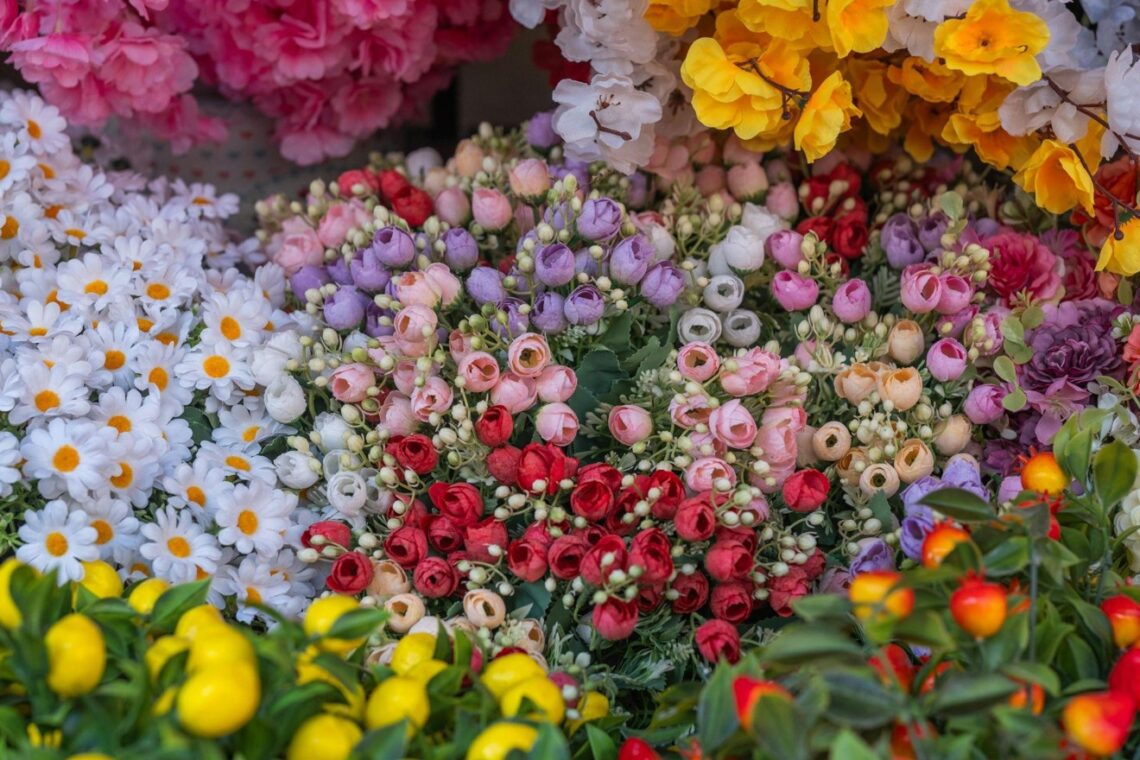
Artificial Trees for Designers: Crafting Natural Elegance
Why Artificial Trees Are Perfect for Designers
Artificial trees are a designer’s best-kept secret for enhancing indoor spaces. They replicate nature’s elegance without the upkeep of living plants. For designers, choosing artificial trees means fewer challenges with lighting, watering needs, and seasonal changes, effortlessly creating stunning indoor environments.
Due to modern craftsmanship, their realism has advanced significantly. High-quality materials like silk and innovative detailing make them almost indistinguishable from real greenery. They are perfect for commercial spaces, residential interiors, or design projects where consistency in appearance is key.
Artificial trees also contribute to sustainability by reducing water usage and the environmental impact of transporting live plants. This eco-friendly quality aligns well with today’s green design ethos, helping designers cater to environmentally conscious clients.
Creative Ways Designers Incorporate Artificial Trees
Transforming Office Spaces
Designers often use artificial trees to breathe life into sterile, corporate spaces. These trees soften rigid interiors, creating a welcoming, productive environment for employees. Placed in lobbies or conference rooms, they evoke tranquility and sophistication, impressing clients and staff alike.
Enhancing Retreats and Yoga Studios
Peaceful spaces like retreats and yoga studios benefit greatly from artificial greenery. Artificial trees, such as bonsais or palms, add serenity without overwhelming maintenance schedules. They contribute to a relaxing atmosphere, encouraging mindfulness and a deeper connection with the space.
Adding Versatility to Interior Design
Artificial trees are highly adaptable and available in various species, sizes, and styles. Designers can choose minimalist options for modern interiors or lush trees for more traditional spaces. They blend well with different aesthetics, from tropical themes to Scandinavian minimalism.
Furthermore, artificial trees, like dark corners, high ceilings, or areas with fluctuating temperatures, can be used where real trees might struggle. They are immune to these challenges and retain their vibrant look year-round.
Incorporating artificial trees into your designs opens doors to creativity, functionality, and eco-friendly solutions. They provide a long-lasting, hassle-free way to introduce nature’s charm into any setting, making them an essential tool in every designer’s arsenal.



